Several years ago, guitarist Mary Halvorson and pianist Sylvie Courvoisier began a musical dialogue that has transformed into one of creative music's most compelling partnerships. Their third recorded conversation, Bone Bells on Pyroclastic Records, arrives as both artists pursue their ambitious visions elsewhere—Halvorson with her MacArthur-winning projects (including Amaryllis and Cloudward), Courvoisier with her atmospheric Chimaera ensemble. Yet their work as a duo offers a unique window into their artistic sensibilities at their most direct and unfiltered.
The contrast in their backgrounds creates a fascinating tension. Halvorson emerged from the fertile Brooklyn avant-jazz scene, while Courvoisier brings her Swiss classical training and European experimental traditions. Yet, as a duo, these seemingly disparate approaches find common ground in a mutual commitment to risk-taking. Their compositions serve as frameworks for ongoing dialogue rather than rigid structures, allowing both musicians to showcase their extraordinary technical command while remaining deeply responsive to each other's ideas.
Bone Bells builds upon earlier collaborations—2017's Crop Circles and 2021's Searching for the Disappeared Hour—while expanding into new territories. The album's eight compositions, split evenly between the two musicians, move from the darkly contemplative title track to the rhythmically defiant "Silly Walk" (inspired by both Monty Python and Swiss sculpture). Throughout the recording, Courvoisier's prepared piano techniques and Halvorson's effects express their sonic vocabulary without overshadowing the fundamental conversation between two artists who have developed an almost telepathic rapport. The resulting work demands attention and repeated listening—a rare achievement in our distracted age.
Spotlight On's Lawrence Peryer recently hosted Mary Halvorson and Sylvie Courvoisier on the podcast, where the two generously revealed the roots and continuing inspiration behind their collaboration. They also dove into the genesis of Bone Bells, how guitar effects affect the compositional process, and how surprise and risk fuel the duo's creative engine. You can listen to the full conversation in the Spotlight On player below. The transcription has been edited for length, flow, and clarity.
The Timing Was Right
Lawrence Peryer: I'd like to ask you, Sylvie, a foundational question about the relationship. I'm curious about how you and Mary first discovered each other and what sparked that initial interest in collaborating.
Sylvie Courvoisier: I met Mary for the first time between 2002 and 2006. She had just moved to New York, and I heard her in a duo with Jessica Pavone at a bar. Even very young, she already had a unique sound. It's great to see that. She always stayed in my mind, and I knew I would play with her one day. After that, Mary and I met at festivals, and she had a gig at The Stone, where we played our first duo in 2016. So, from the first time I met her until we played together, it probably took 12 years.
It's funny because the same thing happened with Christian Fennesz. I met and played with him on an improv gig, probably around 2010, and later, we did this record, Chimaera. Sometimes, it takes a long time to figure out the timing to make a band with someone. But it stays in your mind, and it was always very strong with Mary. I always said, "Oh yeah, I want to do something with her one day.”
Lawrence: Since you started playing together in 2016, we're already on the third record, and you've played a lot. What keeps bringing you back to this ongoing musical conversation?
Mary Halvorson: Sometimes, when you have a collaboration, especially one that feels special, you'll just feel that you're not finished yet. You know there's more music to write and more things you haven't explored. And I felt that quite strongly with our latest record, where we were starting to get the hang of writing for one another and taking more risks. So, I don't feel that that process is done.
I think it's a collaboration we both value. We're also friends. We have a lot of fun. We love to play and travel together and hang out together. And musically, it's great. We both do a lot of band leading, which is great, but it’s also very tiring and can be a lot. And I think there's something nice about how easy it is to have an equal collaboration where I feel we both pull our weight, compose, and are equally excited about it.
It's just a really fun thing to do, and we're still doing our other projects, too, and it's something we can easily fit in. I think about the collaboration as ongoing and something that keeps getting better.
Sylvie: I feel there is also complementarity. Right now, I'm practicing our duo music because we have a tour coming up, and it's challenging. I realize, "Wow, it's hard." And I like that. I go back to the music and think, "Well, I'm going to play better than on the record because I realize my tempo was speeding up here. Now I can fix that."
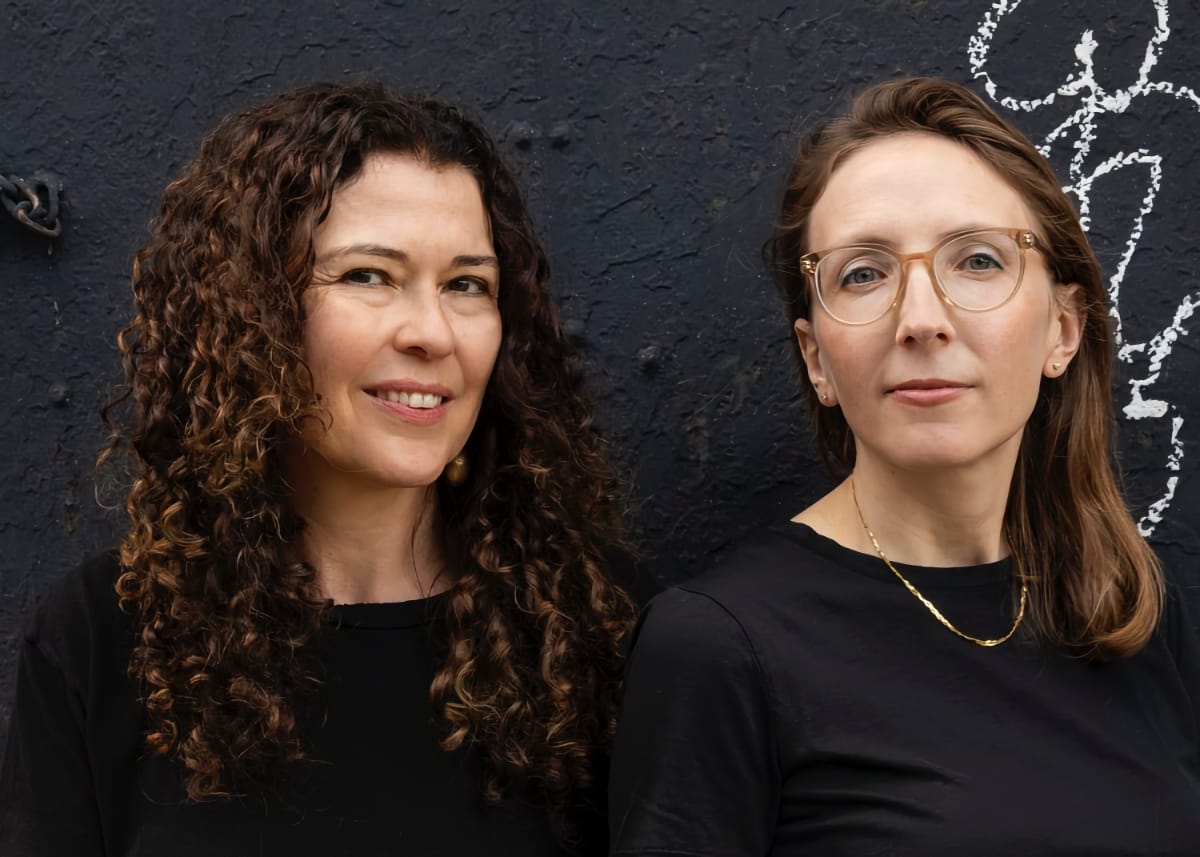
Lawrence: When you decide, "Okay, it's time to come together, let's make a record," how do you approach the writing and composition? Do you start with fresh material for this duo? Do you bring in something you've already written?
Mary: There's no set rule. In the past, I have recycled some old ideas that I was going to use for something else that didn't pan out, and I saved things like that, thinking, "Oh, this could work for the duo." Other times, it's a clean slate, and I just try to think about areas we haven't explored. I also think about the context of the album. So if I know, say, we've written four of the tunes already, and we need to write four more, which is how this last one happened, I thought, "What don't we have yet? We don't have a ballad." Or, in Sylvie's case, she thought, "Oh, we don't have a waltz." And she wrote a waltz.
So we tried to find spaces we hadn't covered, thinking about the album as a whole, how to make it cohesive, and how to have it go to a bunch of different musical places without feeling disjointed. Also, we consider different ways to integrate improvisation into the music. It's not always a melody, a pre-improvisation, and then a melody. We try to find different ways to weave it in so that the improvisation happens differently. I consider that when I'm writing, thinking about what exists already and what spaces we don't have.
Lawrence: Your comment, especially around form and not sticking to the rote "theme, improv, theme" structure, is very striking about the record. There are moments when it feels so free. I don't necessarily have the musical vocabulary to articulate it, but you can feel the lack of a net and the adventurousness in the collaboration. What I'm drawn to as a listener is the feeling of, "Wow, it's a guitar, it's a piano. Yes, maybe there are some effects and processing, but it's two people, and they're going for it."
Sylvie, when you bring a piece into the room with Mary, what are you bringing? Are you bringing a fragment? Are you bringing a melody line? Or are you bringing sheets of paper?
Sylvie: I bring sheets of paper. I send the music to Mary so she can practice it. We both need to work on it before we meet.
Mary: Yeah, none of it is sight-readable at all.
Sylvie: Yeah, it is challenging. So basically, we both send each other finished tunes, but what we don't decide is how the improvisation will exactly work. And sometimes I harmonize a little bit differently, or she tells me, "Oh yeah, I would prefer that this double stop is different," or "I prefer this part." So we work on that together. But her piece is finished. My piece is finished. Maybe we can change 20% or 15% of the tune by rearranging our parts.
Mary: Yeah, and on my tunes, Sylvie often adds a harmony part or thickens the piano chords. And it's great because neither of us feels an uptight sense of ownership over the pieces. I've never had her harmonize a tune of mine and not liked it.
Sylvie: But I always ask you if it's okay.
Mary: Yeah, you always ask. And if it weren't, I would have no problem saying it. We have good communication, but it's also cool to present the piece to the group and then see that even though it's composed, there are still quite a few changes that might happen in the rehearsal process. They might be Sylvie's ideas on my piece, and they might be my ideas on Sylvie's piece.
A Third Person Missing
Lawrence: Could you tell me a little about the sonic palettes you drew from? How collaborative is that? When choosing prepared piano versus traditional piano, choosing an effects-laden guitar, are you collaborating on the palette and what I'll call in air quotes "instrument choices"?
Mary: Yeah, I think it depends on the piece. There are a couple of pieces that Sylvie's written where she's specified that she wants me to do a certain effect in a certain place in the music, but other times, I just do it. Or if it's extreme, I might say, "Hey, is it cool if I do that there?" But I think the same thing with prepared piano.
I didn’t have any indication of prepared piano on one of the pieces on this record, “Folded Secret,” which is a piece of mine. That's just something Sylvie wanted to try. And so we tried it and thought, "Hey, great. It adds something to the piece." So, in a way, we decide on effects, but sometimes it's in the moment. I might play an effect on a piece one night and not play it the next night. But in many cases, I think my effects and Sylvie's prepared piano will kind of become part of the composition. Like we'll choose moments for it, and often that will be how we play it.
I tell this story often, but we did one gig in Geneva where my pedal board broke and stopped working about 10 minutes into the gig. And I had to do the whole gig with no effects, which, of course, is possible, but we both felt like that was a drag because something was missing.
Sylvie: It's almost like a third person is missing, you know?
Mary: Yeah, it was very weird. I hadn't realized how much the effects had become part of the compositions.
Sylvie: You know, some fancy classical venues, they don't want me to touch the piano strings, which is fine. We can do a gig without prepared piano, but I think it’s much more tricky with no effects pedals.
Mary: Yeah, we could do an acoustic gig, but it is nice to have these little extras. I think of them as ornamentations or just an extra layer of sound.
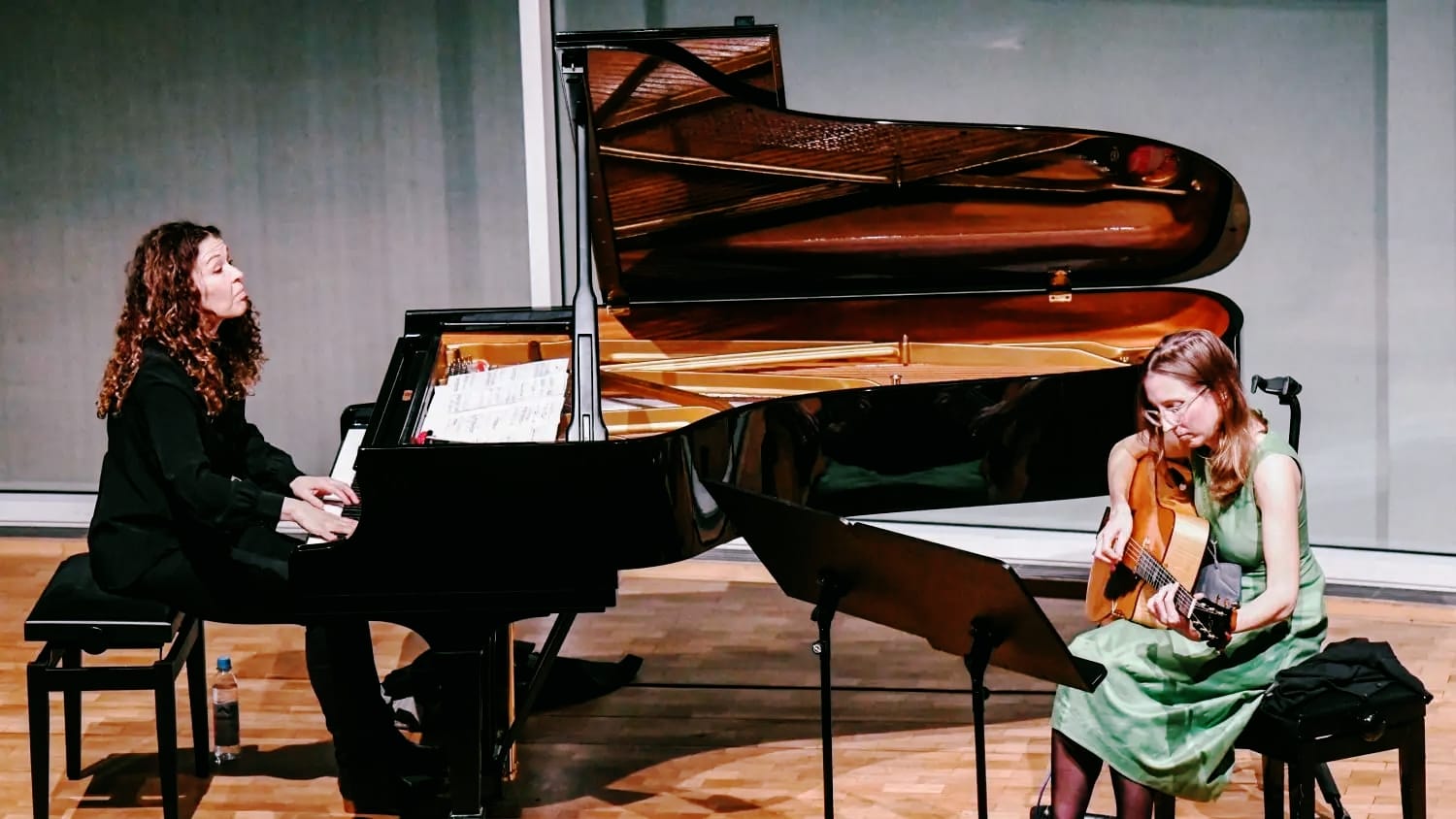
Lawrence: Sylvie, I wonder, when you and Mary improvise together, what are you listening for in her playing? Her playing is free of cliché, which makes me curious about that.
Sylvie: I know her sound, and I love her large intervals, her approach, and her unique sound. I let her surprise me, and I think we surprise each other, and I like that. That makes me want to go on tour and create more music. One gig, she will play sixteenth notes super fast, and the next day she'll play super slow and do something different on the same improvised passage.
What I don't like when I go on tour with musicians is when they say, "Oh yeah, last night in this passage, I did these sixteenth notes super fast, and then I did this triplet that worked well," and then the next day, this musician would try to copy what they did the day before because they knew it worked. That kills my energy. I like to be stimulated and challenged, and that's why we do this work.
Touring is not fun; it's hard. People who don't do it imagine, "Oh, how fun, they go to Italy." Of course, going to Italy and eating nice pasta is fun, but it's also work. We travel the whole day. We arrive and soundcheck. We do it for the challenge of being on stage, to take risks live. And the older I become, the less I want to be on the road, so I carefully choose the people I want to work with.
Lawrence: I've talked to many artists who believe that the work isn't complete until it's been performed. The record is just a snapshot in time, and oftentimes, it's the snapshot when you're least familiar with the material because you haven't lived in it yet. How do you view playing live as part of this artistic process beyond just going out and earning a living?
Mary: Ideally, it gets better and better as you get to know it. I often like to record after a tour as opposed to before, but it's not always possible. It depends on the group, the project, and the timing. I've done records where I've only played one gig with the music and done a record, and it's been a great record, but there is something nice about being able to play music a lot before going into the studio.
I guess I just think of these as totally different processes with different goals. There's the magic of a live show that's great, but then there's something about a studio recording where you can take the time to perfect something and make a representation of the piece. Often, the versions on a recording are more compact. But I love recording, too. I think about them as two separate things that I do. But of course, they feed into each other because I believe the music gets better, and groups get better the more you play.
For the first record I did with Sylvie, we did one gig and then recorded. We probably rehearsed a few times, but we didn't have that much experience playing together at that point. And I do like the record, but to me, it feels like a new project that's not maybe quite as developed. By the time we've gotten to the third record, we've played together a ton. So, I feel like the record reflects that. I think you can hear that on the record a little bit more—the development of the music—and that all happens on the road.
Sylvie and I rehearse quite a bit, but getting people together with some of my larger groups is hard. Like in my group, Amaryllis, Nick Dunston, the bass player, lives in Berlin, and everyone else lives in New York. It's almost impossible to rehearse. So we just work it out on the road, and that to me is, in a sense, not a rehearsal, but it kind of functions that way because it grows as you do the gigs, and you're kind of forced just to make something happen right away and then watch it grow.
Lawrence: I'm not sure all audience members fully understand how little time a lot of jazz or creative music musicians can get together to rehearse. The level of musicianship is so high that you could be at a show, have your mind blown, and learn afterward that it was the third time everybody’s been on the same stage together.
Mary: Yeah, it's pretty amazing. I had that experience last week. I had a new band I put together, and we did one rehearsal. I wrote all this crazy music. Everyone just nailed it, and we did this gig. It was great. And with one of the musicians, it was the first time we'd ever played together. So I feel lucky to be able to have those types of experiences.
Lawrence: Sylvie, tell me a little bit about the guitar-piano duo more generally. When you and Mary started working together, and even now that you've got a multi-year dialogue, are there other precedents that you point to specifically in that duo format?
Sylvie: Mary and I are big fans of Undercurrent with Bill Evans and Jim Hall. It's a marvelous album, and the interplay is so great. We also like some other duos, like Julian Lage and Fred Hersch.
There aren't so many because I think people imagine guitar and piano won’t work because they’re similar. But guitar and piano each have their harmonic, rhythmical, and percussive approaches. They're very different in that way. You have an entire orchestra with the piano, but with the guitar, too. And I like that we have two orchestral instruments and the guitar’s electric side. I think we can create a whole world, and I like this approach.
Lawrence: As I was listening over the three records, I realized that this duo setting benefits greatly from being a duo. I couldn't imagine the addition of a drummer. There's such rhythmic quality in what the two of you do, but sometimes it's more implied than explicit. The music has a lightness even when it's complex, and the duo format works for a lot of interplay between the two of you.
The evolution of how you play together is evident, especially in the new record. You can hear that if you listen to Crop Circles and this back-to-back. What do you get to explore here that's different from what you do elsewhere?
Mary: You mentioned the lack of a drummer and the fact that it's a duo, and I think those things are really important for this. Our music uses a lot of rhythm, but there's also an elasticity. If we want to speed up or slow down, we can do that. We can just listen to each other, and how we approach time feels malleable. And that's one of the many things I feel we're developing as we play together.
I think for me it's just that we don't want to create the same record over and over again. So we're challenging each other just to make the best record we can make in the moment and be in the moment with it. We know we have more to say as a duo, and I think that keeps us in it. I don't have any grand plans. It's more like, "Oh, I have some ideas. Let's do this now."

The Femur and the Tibia
Lawrence: Can you tell me a little about the book that inspired "Bone Bells," the latest album’s title?
Mary: Trust is a book I read that I thought was cool, which tells the same story from four different perspectives, and you see just how insanely different the same story is to these different people. It's a great novel. I really liked it.
"Bone Bells" was simply a phrase from the book I liked. I thought it sounded cool and talked about if bones were bells, what would that sound like? So the femur would sound different from the tibia and things like that. I thought it just had a nice ring to it, and I thought it worked with that piece, and then it just wound up as the album title. So, it was almost more accidental. It's not some grand message.
I tend to take inspiration from things like books, literature, art, live music that I see, albums that I listen to—anything. I watch a ton of basketball. I love the team aspect and how all the players interact and things like that. But for me, a lot of this inspiration is not literal. It's more just that these things are floating around in your head, and somehow, they might wind up in the music in a weird way or not.
Lawrence: I talk to artists a lot about this idea, especially in instrumental music, about song titles. It's just a quirky fascination I have. Do you collect song titles?
Mary: Yeah, I have thousands of titles. I've got lists of thousands of titles, which is great because if you need to title something quickly, you just go through and say, "Oh, I like that one." But I love it. To me, that's a different artistic process I enjoy—titling songs. Some people hate it, but I like coming up with titles.
Lawrence: I'm always disappointed when an artist says, "Yeah, you know, the producer named the songs," or "Somebody else named the songs." And I'm like, "Oh, I wanted the romantic backstory." Do you ever start with a title?
Mary: Yeah, sometimes I do. I don't have a set way—it's always different. Sometimes, I add a title after the fact, and sometimes I start with one. Usually, I start with one.
Lawrence: Sylvie, did you spend time with the book, or—owing to the novel's name, Trust—did you trust Mary's concept here?
Sylvie: I totally trust Mary's concept, and sometimes, the meaning is less important than the sound of the word. I like the sound of "Bone Bells." I think there is something very magical about it. I don't imagine a bone and a bell. Sometimes, like with "Float Queens," I don't imagine Mardi Gras and a float. I just like how it sounds.
Like when someone asks me, "Why is it called 'Float Queens'?"—is it related to France? I say it just sounds good together. So yeah, my inspiration is the same thing. I also keep a book of notes when I go to a museum, and I'm inspired by paintings. I write down the names.

Lawrence: I love that the last two records have come out on Pyroclastic Records. It's such a beautifully curated label and collection of artists putting out music there. Is it important to you where you put out the music?
Sylvie: Kris Davis [who runs Pyroclastic Records] is a good friend, and when she asked me to do a record, I said, "Sure, let's do the duo with Mary." And we did the first one. Doing the second one with her was logical because I like the continuity of doing the same label with one project. And I think she's very well organized.
Lawrence: Do either of you revisit the other two records? Or do you, as part of putting together your live presentation?
Sylvie: I haven't listened to Crop Circles or Searching for the Disappeared Hour since we put them out.
Mary: Yeah, I don't think I have either. It's funny; we were just talking about this. You get sick of a record when you're making it because you have to listen to it 5,000 times to choose the takes, do the edits, mix it, master it, and sequence it. And by the time it comes out, you don't want to hear it.
Sometimes, you'll hear an old record, but it'll be more by accident. Like it'll come on, or you'll stumble across it somehow. But maybe that would be like 15 years after the fact. Or maybe you need to reference it, like maybe I'm practicing one of the songs and forget how something went, so I’ll try to reference it. But yeah, I think neither of us has listened to the old records in quite a long time.
Sylvie: We still play some of the tunes from the older records, and I'm always surprised at the tempo. It changes so much—it's faster, but not always. I think sometimes we go even slower now. I think everything goes more to the extremes, either faster or even slower.
Mary: Yeah, that's true.
Lawrence: With this recurring theme of surprising each other and keeping surprise alive in this collaboration, it sounds like even the tunes can surprise you when you come back to them. They can reveal themselves in new ways.
Sylvie: And also, some tunes don't survive; they don't last. You get tired of them. They're done. Some tunes deserve to be still played, and some not.
Visit Sylvie Courvoisier at sylviecourvoisier.com and Mary Halvorson at maryhalvorson.com. Purchase Sylvie Courvoisier & Mary Halvorson's Bone Bells from Bandcamp or Qobuz and listen on your streaming platform of choice.
Check out more like this:
 The TonearmLawrence Peryer
The TonearmLawrence Peryer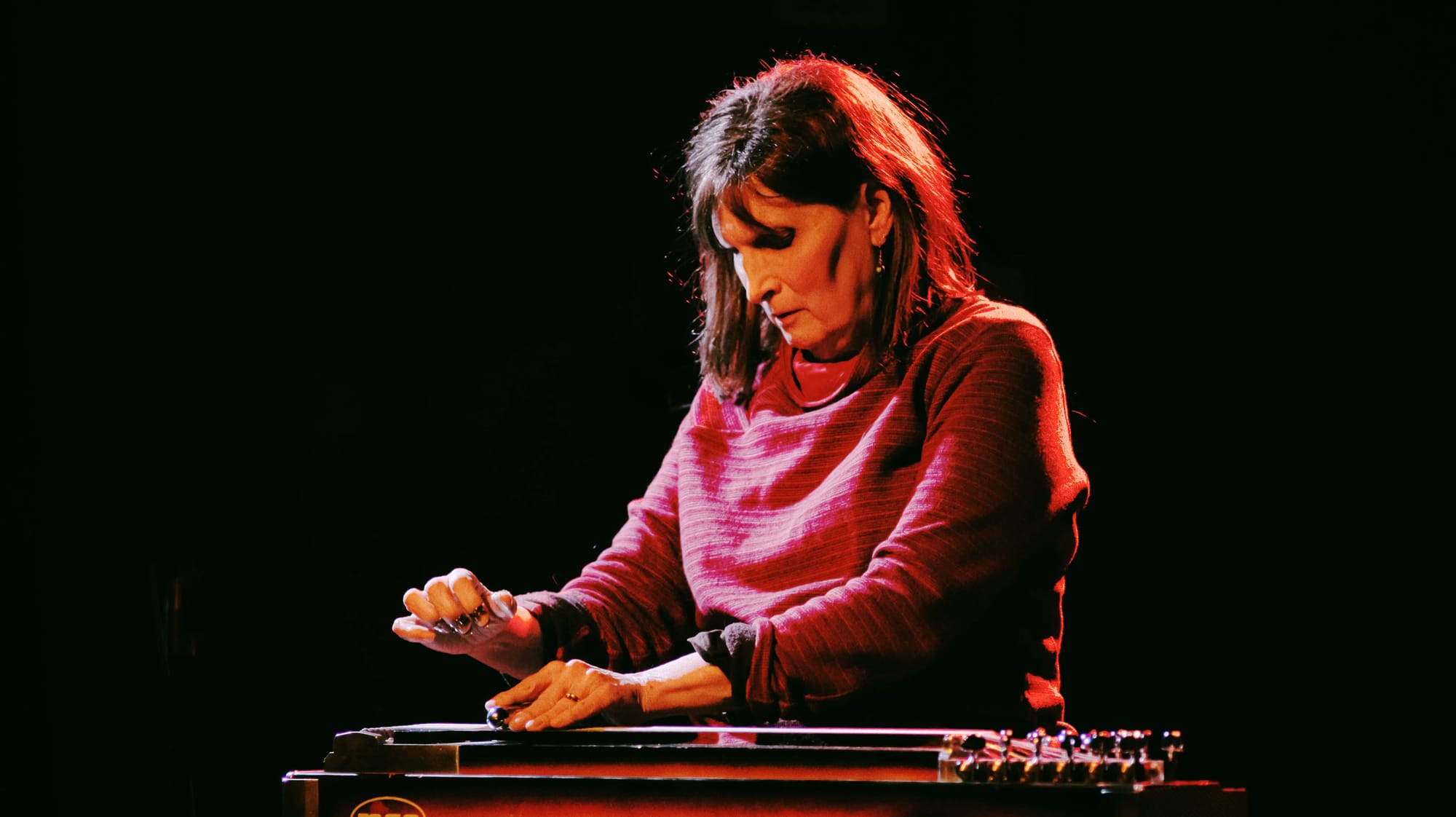
 The TonearmLawrence Peryer
The TonearmLawrence Peryer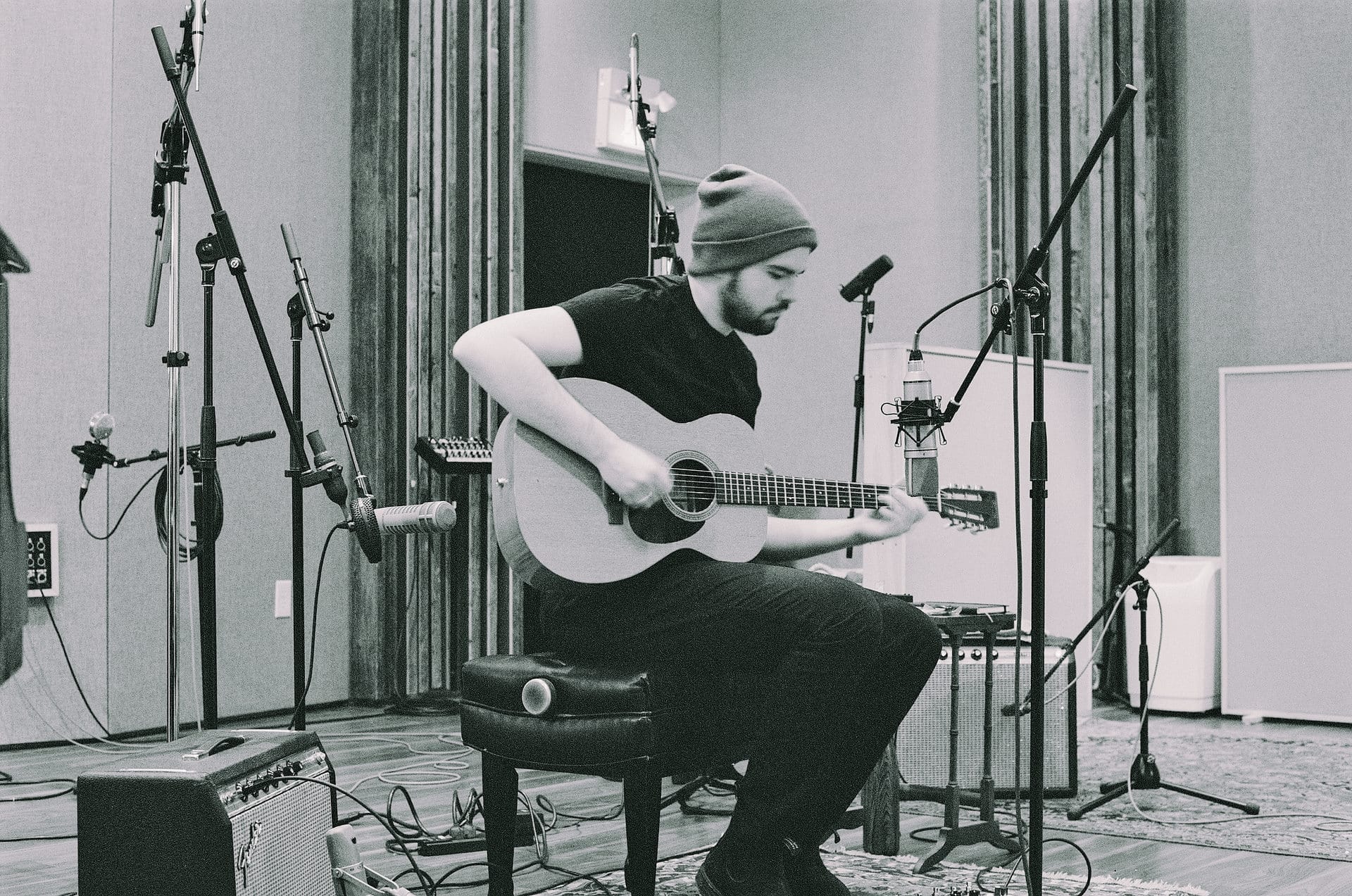





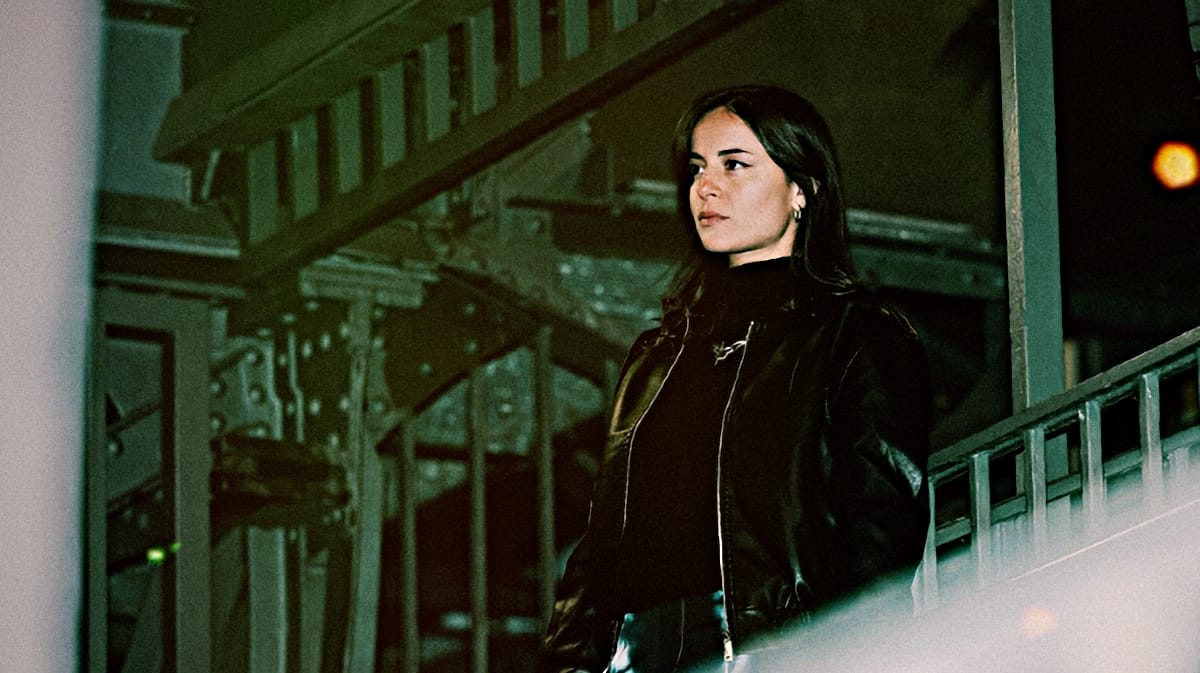
Comments